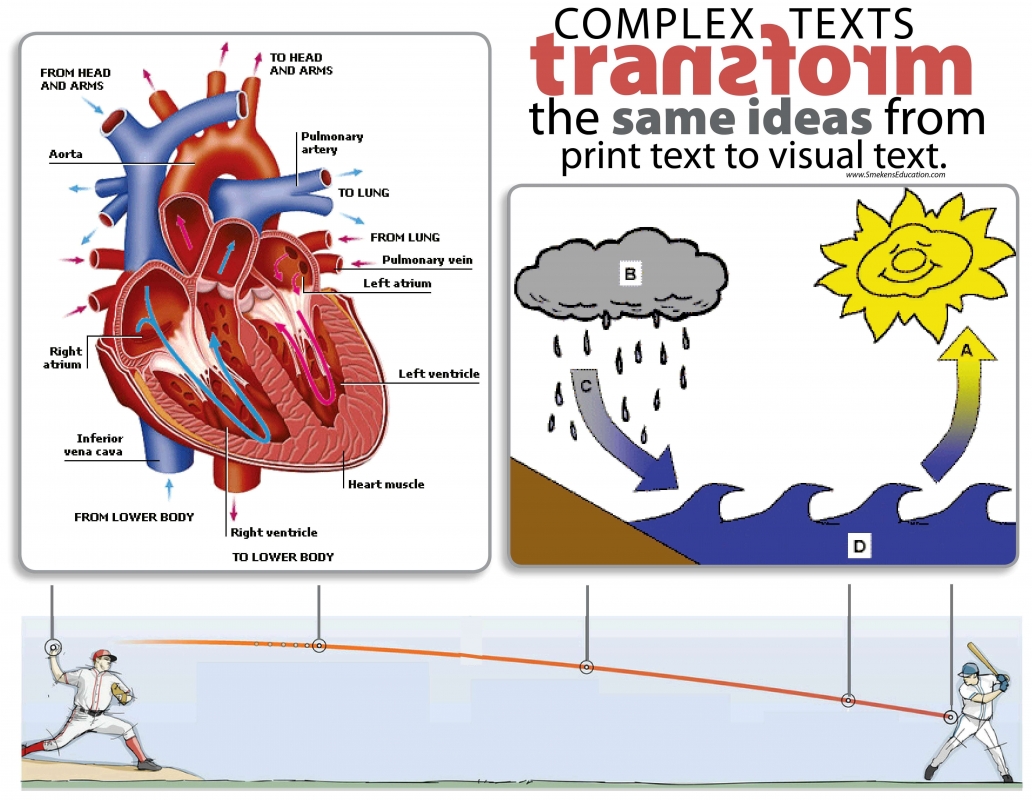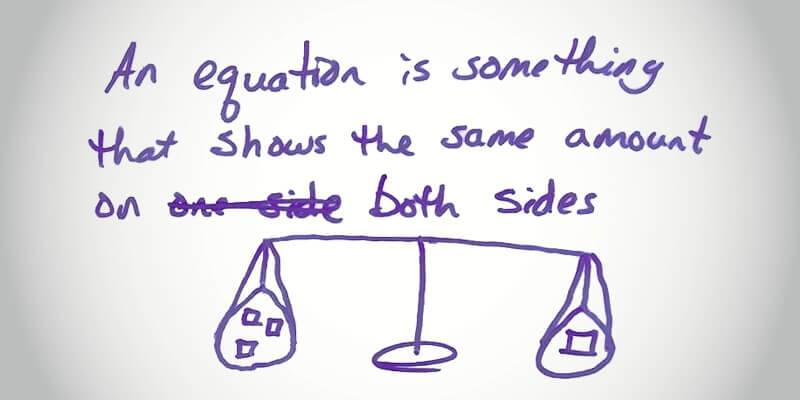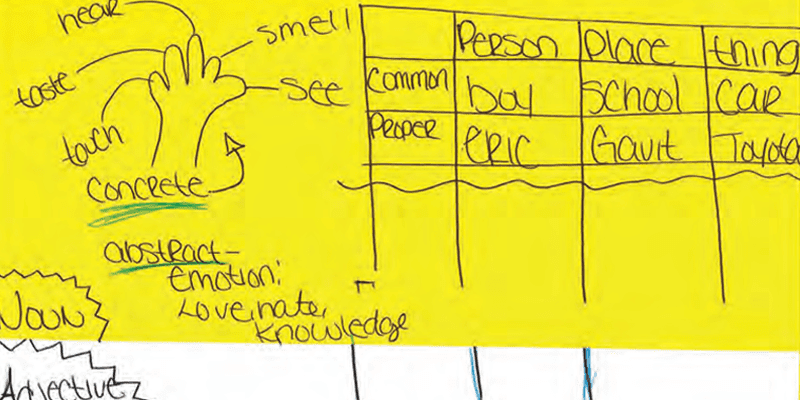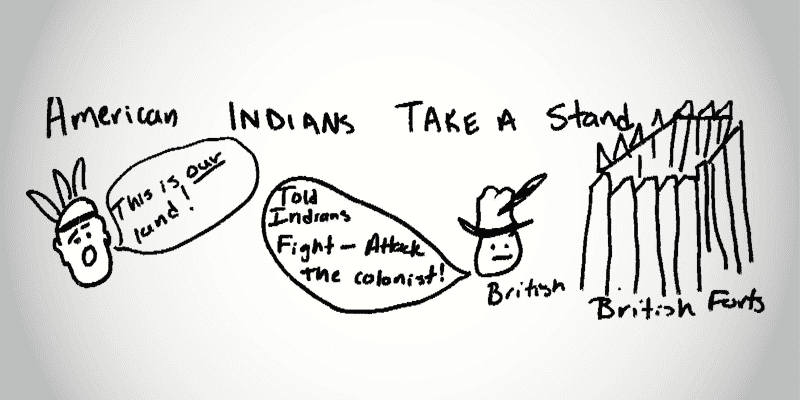Learning Center
reading
Apply transformation to complex concepts
May 06, 2016
Technical courses require a different set of reading skills. A huge component of the reading that students do in science, social studies, math, and other technical courses involves being able to read about a concept in both print and visual text. When textual information is also depicted visually, it is referred to as transformation. (The same information has been “transformed” from words to pictures.)
Recognize the purpose of transformation
Authors of informational text recognize that their content is very complex. They can explain it thoroughly in sentences. But they also know that the same information can be communicated more efficiently, and often more clearly, through visuals. Thus authors intentionally incorporate flowcharts, timelines, illustrated series, charts, maps, and other infographics alongside the corresponding print text. They are wanting to aid and increase reader comprehension.
Introduce transformation to students
Students expect to read and acquire information through sentences.
We can’t assume that students understand the purpose behind transformation. We can’t even assume that they’re noticing these charts or maps at all.
To help students understand the connection between the ideas in the print text and those transformed into an infographic, plan to model the process. Show them how you navigate specific course texts. Think aloud as you encounter a reference to a figure or diagram. Show students how you read the sentences and paragraphs and then jump to the visual as it is mentioned in the text. (See example from science textbook.)
Beyond simply looking at the infographics, students need to assess what additional information they learned from the visual. Ask What did we learn from the visual that wasn’t understood initially in the print text? Call attention to how the visual and print work together to deepen reader understanding. Authors do this intentionally and expect readers to attend to both.
Create transformational texts
As students improve in reading for transformation, have them practice creating it, too. Consider providing the visual for students. But, rather than just have them label steps in the process, have them write informational text to accompany the graphic. Have students write the sentences/paragraphs that may be published alongside such a visual. They become the informational text author.
You could flip the process by providing the text. Ask students to transform the information into a visual depiction.
This concept of transformation is applicable to science, social studies, math, and any other technical course. It isn’t exclusively for processes and systems or for showing change. You could provide students passages or visuals that show compare-contrast or cause-effect or that show smaller parts of a bigger idea. Information within a variety of text structures could be explained or visually transformed.





